
Mars Society begins simulated Red Planet mission in Canadian Arctic
"We believe that our missions are playing a small, but significant role in advancing humanity's journey to Mars."
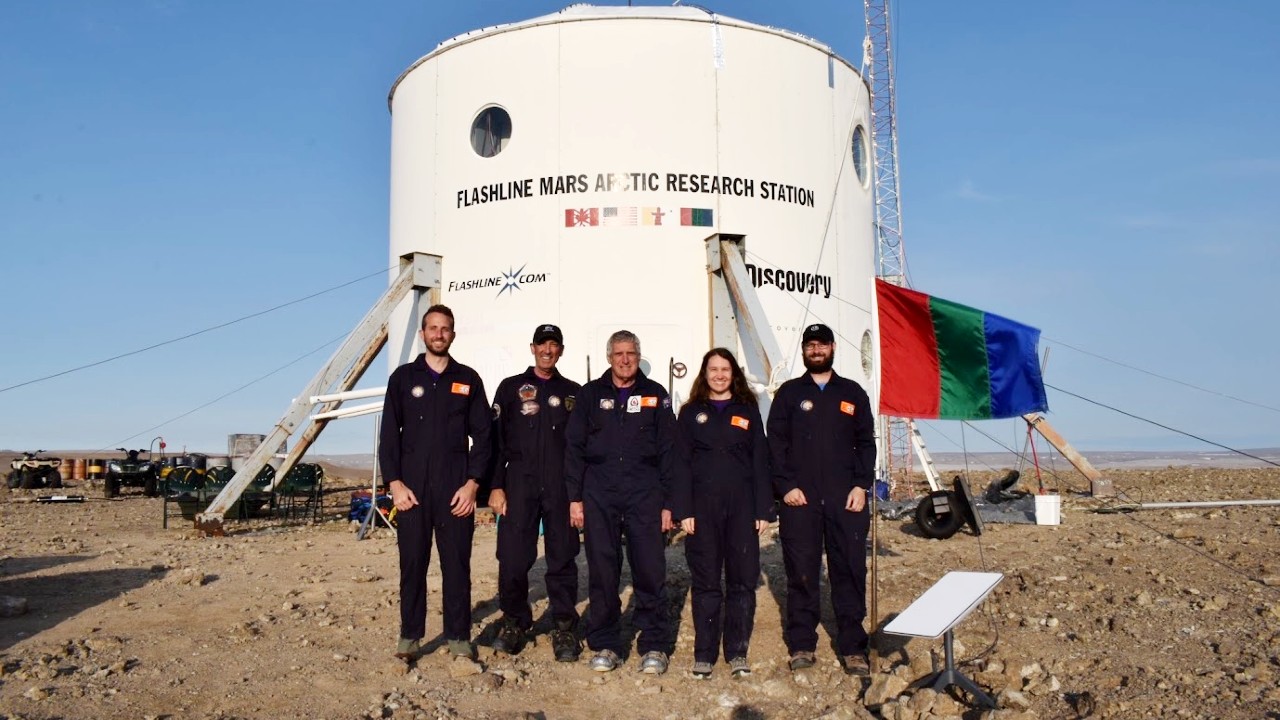
The Mars Society is back on the Red Planet. A simulated one, at least.
With humanity's ability to send people to the planet Mars now closer than ever, the Mars Society continues its series of simulated Red Planet analog missions in the remote Canadian Arctic. The fifteenth crew has taken up residence aboard the organization's Flashline Mars Arctic Research Station (FMARS) and have begun performing a range of scientific tests and field studies.
The five-person multinational crew comes from the United Kingdom, Australia and the United States. They arrived at the station on July 15, and spent their first week inspecting and upgrading the facility, as well as conducting a series of live educational video conferences with students and Mars Society members in Ghana, Australia, and Canada.
Related: Mars: Everything you need to know about the Red Planet

Roger Gilbertson is a veteran marketing consultant, film producer, and product designer, as well as commander of the upcoming Mars Desert Research Station (MDRS) Crew 286 mission in southern Utah.
The crew members include:
- Andrew Wheeler (Australia), a senior geologist, veteran analog astronaut and crew commander.
- Terry Trevino (U.S.), an aerospace scientist and Ph.D. student, founder of the non-profit Space4All and crew XO and scientist.
- Olivia Drayson (U.K.), a Ph.D. candidate and researcher, ESA project collaborator and crew mission science lead and scientist.
- Andy Greco (U.S.), an engineering team lead with Boeing (Seattle) and crew engineer.
- Caleb L. Pool (U.S.), a mechanical systems design engineer with Boeing (Seattle), a certified firefighter, pilot, and EMT and crew engineer.
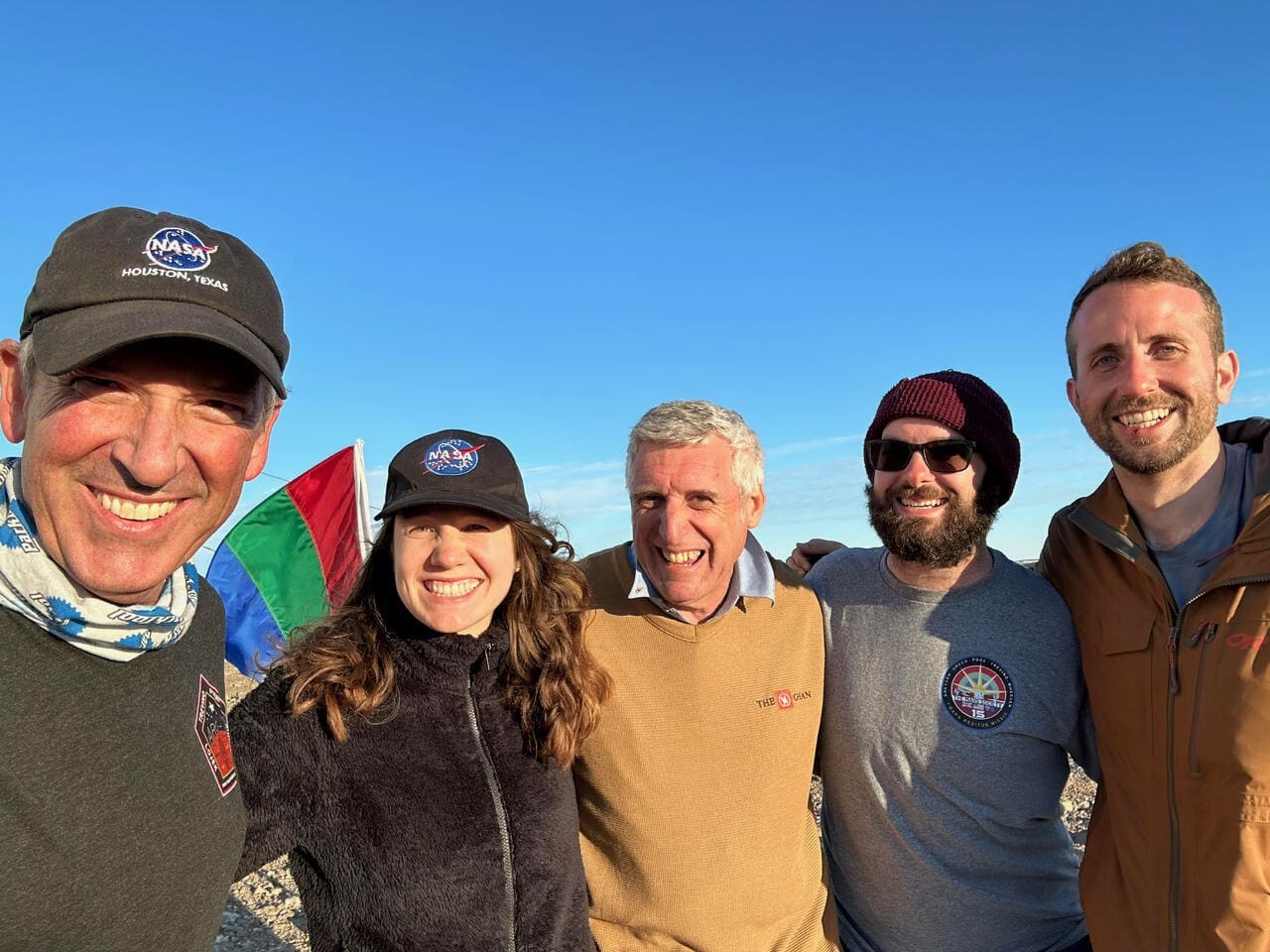
The FMARS station was first built in 2000, and was last visited in 2017 by the "Mars160" crew, which was the fourteenth team to operate there. The new crew found the habitat in surprisingly good condition, considering that it has survived twenty-two long, dark, cold arctic winters. They performed leak checks, some mold remediation, plumbing upgrades, and removal of old carpeting (which will be brought back along with other waste on their return flights at mission's end.) The crew engineers repaired and upgraded the station's Mars analog "spacesuits," and set up a SpaceX Starlink ground station, which provides continuous high-bandwidth data and communications with "mission control" back on Earth.
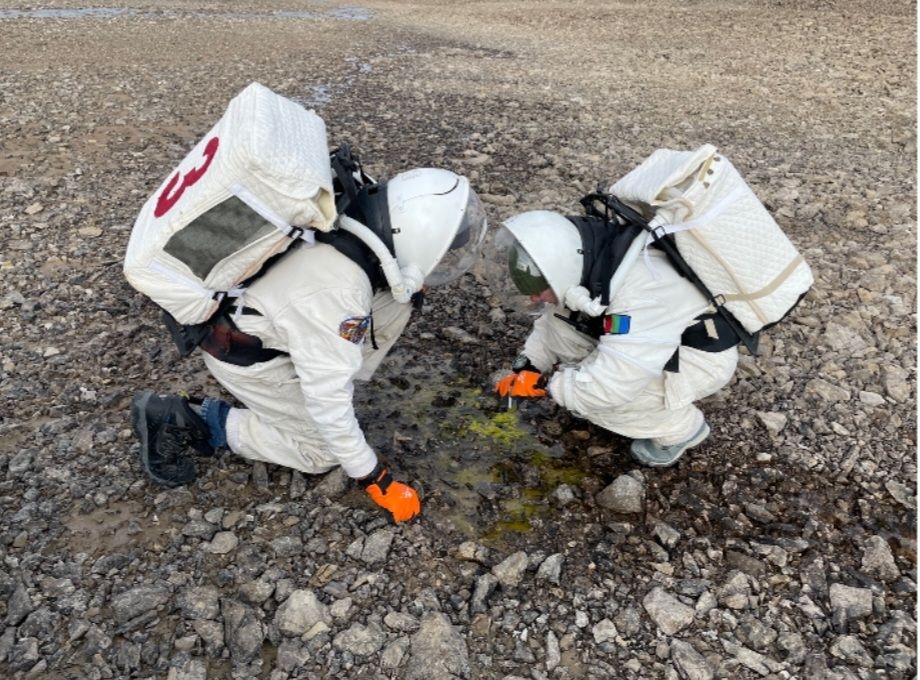
On July 24, the crew began "Sol 1" or Mars Day 1 of their simulated Mars mission. They will work under Mars mission constraints to carry out a program of geological and microbiological exploration, follow-ups on previous years' investigations. During the simulation, a nominal 15-minute delay is imposed on communications to represent a typical Earth-Mars time lag.
Get the Space.com Newsletter
Breaking space news, the latest updates on rocket launches, skywatching events and more!
Weather in the region has been generally favorable, and the crew is targeting two extravehicular activities (EVAs) per day, often aboard their rugged all-terrain vehicles (ATVs) which gives them greater range for exploratory missions.
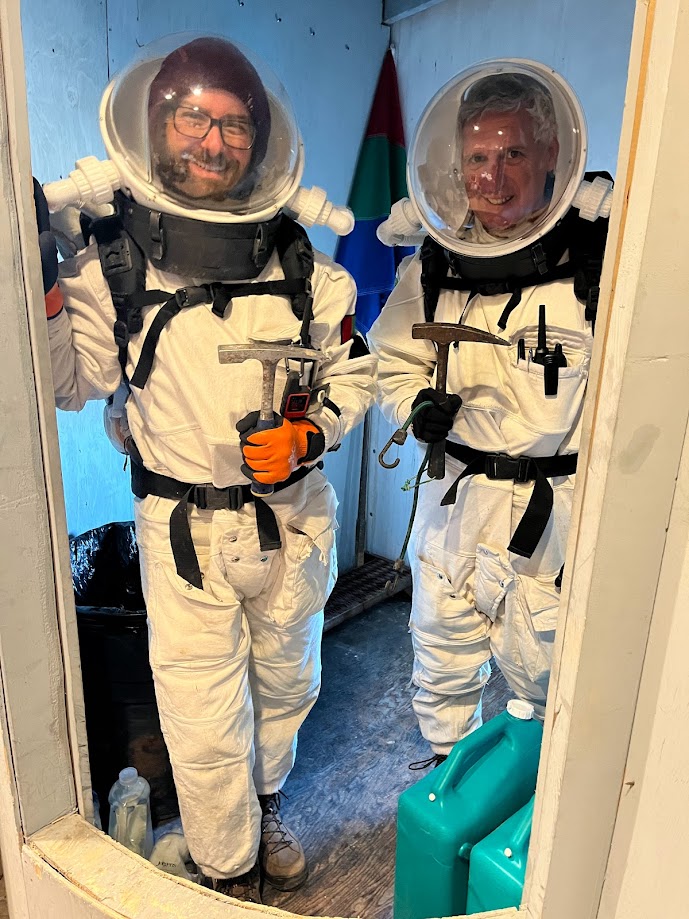
Devon Island in the Canadian territory of Nunavut is Earth's largest uninhabited island, five times the size of the Big Island of Hawaii and holds many Mars-like features. The FMARS station is perched on the rim of the 14-mile-wide (23 kilometers) Haughton Impact Crater, which was formed approximately 30 million years ago.
"Back on Devon Island!" said James Burk, Mars Society Executive Director. "As Crew 15 embarks on their four-week mission at our FMARS facility, we are reminded of the profound importance of their work. They are continuing the geological and biological fieldwork initiated by previous missions to Devon, monitoring the local environment, and creating detailed maps of the region. Their efforts are shaping our understanding of Mars and preparing human explorers for future missions to the Red Planet."
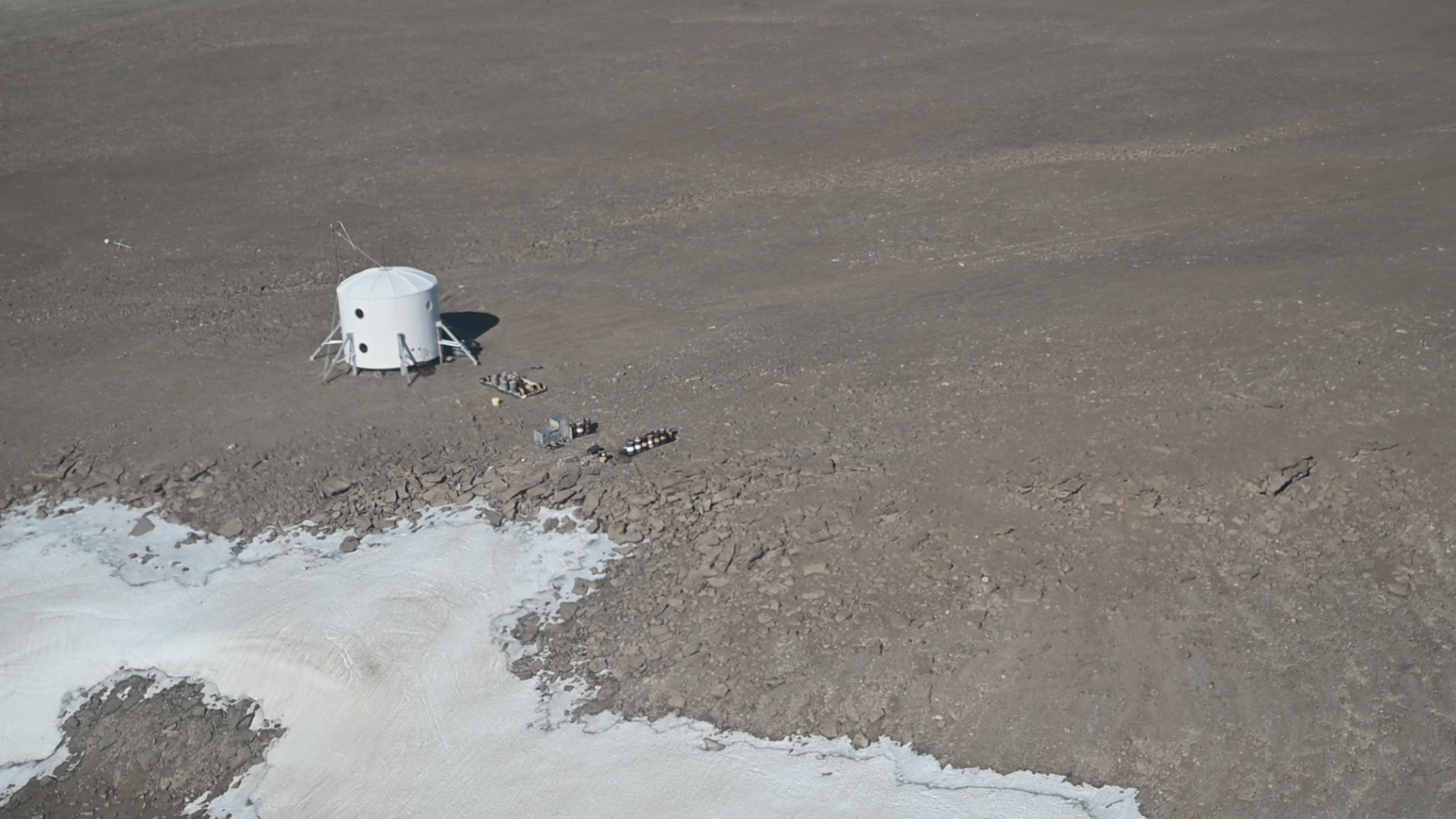
"We are profoundly grateful to the governmental officials of Canada and of Nunavut for allowing us to operate our analog missions on Devon Island," Burk continued. "In addition, our organization would like to express its appreciation to our Mission Support team of dedicated volunteers, which I am pleased to be leading. Their commitment, unwavering enthusiasm and professionalism is truly humbling.
"Finally, we believe that our missions are playing a small, but significant role in advancing humanity's journey to Mars. As we witness the culmination of this mission, we are filled with hope and anticipation for the discoveries, knowledge, and inspiration that will arise from this extraordinary endeavor. Together, we can shape the future and create a world where the exploration of Mars is not a distant dream, but a tangible reality."
The Mars Society also operates the Mars Desert Research Station (MDRS) in the rugged Mars-like terrain of the Utah desert in the American southwest. It includes a two-story habitat similar to the one at FMARS, as well as a greenhouse, research lab, astronomical and solar observatories and other Mars analog facilities. Since 2001, MDRS has hosted nearly 300 high-fidelity Mars analog missions, with thousands of participants from around the world. FMARS-15 commander Andrew Wheeler participated in two previous MDRS missions.
To learn more about the Mars Society, its FMARS program, and how you can get involved as a member, volunteer, or donor, please visit the Mars Society's website. A full report about the 2023 crew mission to Devon Island will be presented during the 26th Annual International Mars Society Convention this October at Arizona State University in Tempe.
Join our Space Forums to keep talking space on the latest missions, night sky and more! And if you have a news tip, correction or comment, let us know at: community@space.com.
Roger Gilbertson is a veteran marketing consultant, film producer, and product designer, as well as commander of the upcoming MDRS Crew 286 mission in southern Utah.









